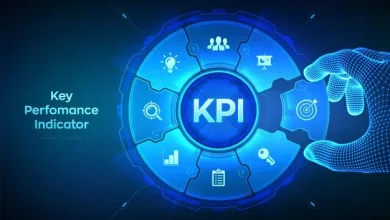Why is Virtual Regression Testing Popular?

In the rapidly evolving field of software development, the demand for efficient and speedy testing methods has increased.
Traditional testing techniques have been shown to be inadequate for handling the complexity and demands of modern online programs, which must function with a wide range of hardware and browsers.
The idea of visual regression testing comes into play in this situation, providing a ground-breaking remedy that has become extremely well-liked among development and quality assurance teams.
An Experience that Emphasizes Visuals
The emergence of social media, mobile apps, and attractive websites has increased the value of aesthetics and user interface design.
Users today want more than simply utility; they also want an engaging and appealing aesthetic experience.
By emphasizing the visual components of an application, visual regression testing fits in perfectly with this paradigm shift.
It guarantees that even the smallest differences in colors, fonts, layout, or graphical components are quickly found and fixed.
Developers and quality assurance teams may thus maintain an application’s aesthetic attractiveness across a range of devices and browsers, enhancing user engagement and satisfaction.
Different Browser and Device Landscape
Gone are the days when users could only access websites and applications through a restricted number of browsers on a limited number of devices.
It is a difficult task to guarantee consistent visual display over this varied landscape.
By automatically taking screenshots and comparing them across various configurations, Visual Regression Testing emerges as a hero.
As a result, manual testing on every device-browser combination is no longer necessary, saving time and money while increasing test coverage.
Read Also: How to Reset Firestick Remote? A Quick Guide
Continuous and Agile Development
Agile techniques’ emphasis on iterative development, collaboration, and quick releases has completely changed the way software is developed.
To offer fast feedback in such dynamic contexts, testing must keep up with development.
Agile workflows can easily incorporate Visual Regression Testing, which provides immediate insights into any visual anomalies brought on by new code modifications.
Its automation features are in line with the tenets of continuous integration and continuous delivery (CI/CD), enabling development teams to spot problems early and fix them to prevent delays in the development cycle.
Cost- and Time-effectiveness
Traditional manual testing techniques are infamous for taking a long time and being prone to human mistakes.
The testing method becomes substantially more effective using visual regression testing.
This method can quickly and accurately perform extensive visual validations due to its automated nature.
This efficiency correlates to shorter release cycles, cheaper testing expenses, and shorter testing cycles.
Furthermore, the early diagnosis of visual flaws stops these problems from developing into more complicated issues that call for substantial resources to be solved.
Read Also: Beyond Functionality: API Testing for User Satisfaction
Visual Validation Accuracy
Because people are naturally unreliable, even the most careful testers occasionally fail to notice minute visual differences.
By methodically examining each pixel of the user interface (UI) of the application, visual regression testing completely removes the chance of human error.
By maintaining a high degree of visual quality, this level of precision makes sure that even the smallest visual alterations are marked for review.
Conclusion
Visual regression tests stand out as a crucial solution in the constantly changing world of software development, enabling uniform design, effective testing, and improved user experiences on a range of devices and browsers.





